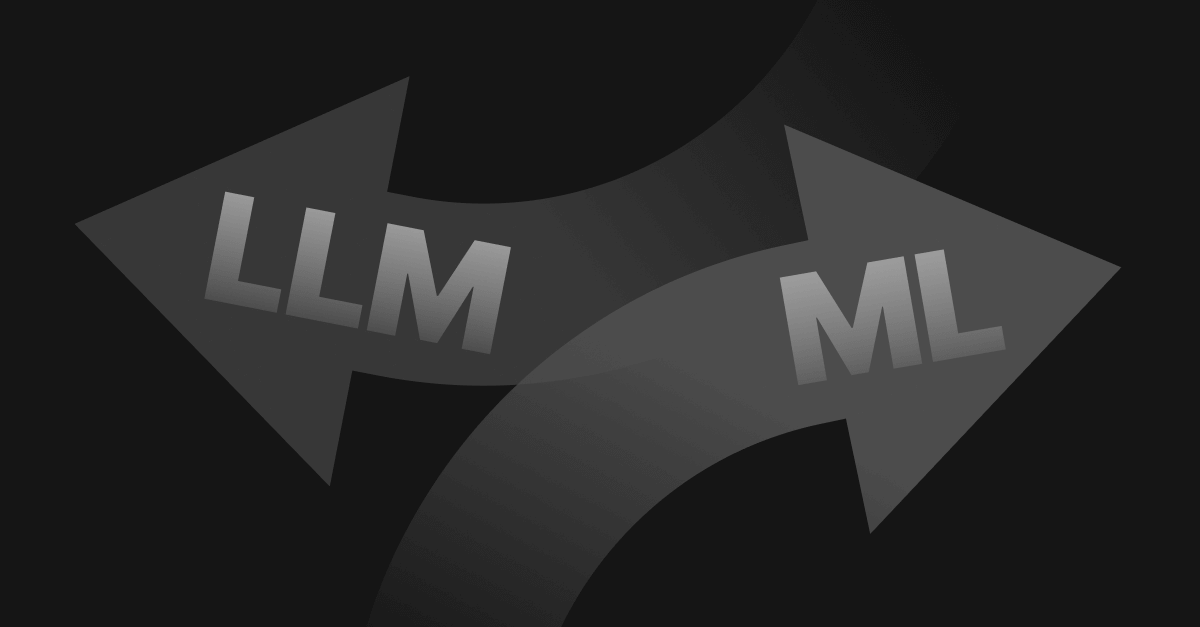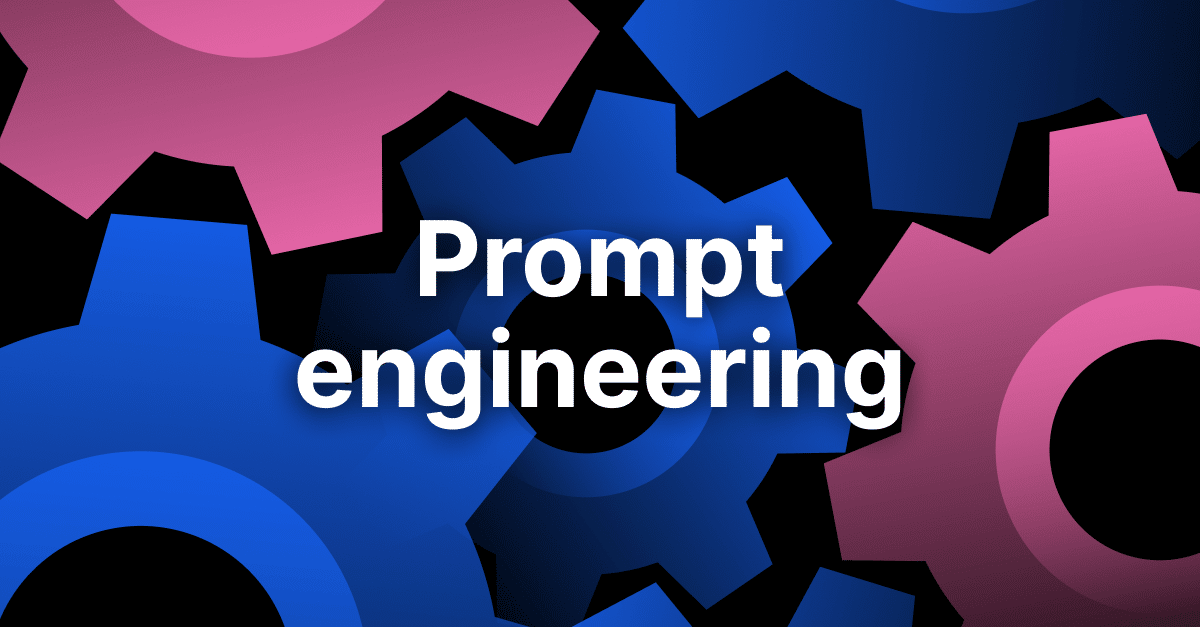Beyond the obvious conversations around deploying LLMs into business products and processes yesterday, a quieter, less popularized discussion ...

Blog

Beyond the obvious conversations around deploying LLMs into business products and processes yesterday, a quieter, less popularized discussion ...

In the rapidly evolving landscape of Large Language Models (LLMs), size and deployment have emerged as pivotal factors ...

LlamaIndex and LangChain are both innovative frameworks optimizing the utilization of Large Language Models (LLMs) in application development. ...

When you’re talking about LLMs, all roads lead to prompt engineering. You may start your LLM journey with ...

Out of all the comparisons we’ve put together till now, the Kubeflow vs. MLflow question is the one ...

LLM architectures aren’t just about layers and neurons. The broader system supporting Large Language Models – from data ...
Superwise needs the contact information you provide to us to contact you about our products and services. You may unsubscribe from these communications at any time. For information on how to unsubscribe, as well as our privacy practices and commitment to protecting your privacy, please review our privacy policy.
Page [tcb_pagination_current_page] of [tcb_pagination_total_pages]